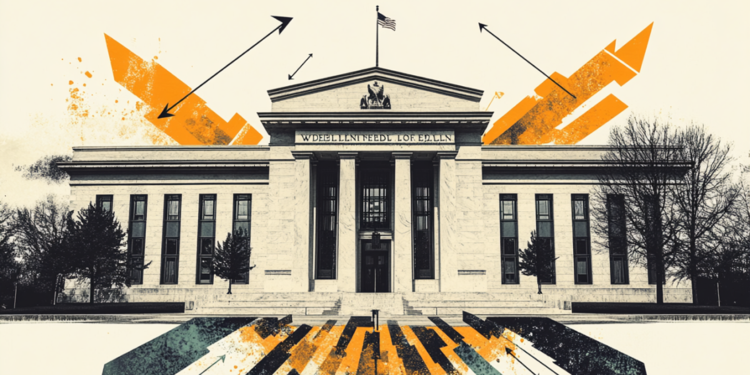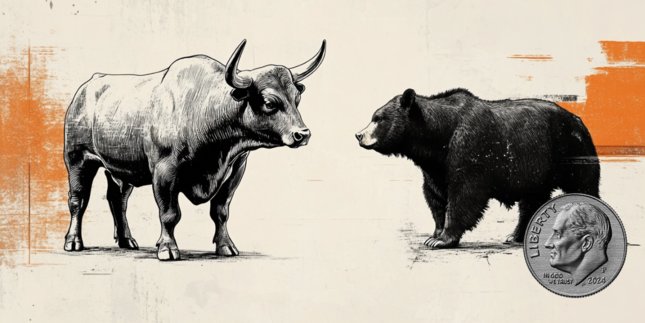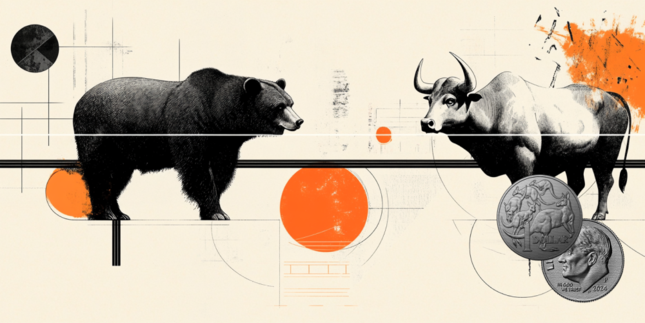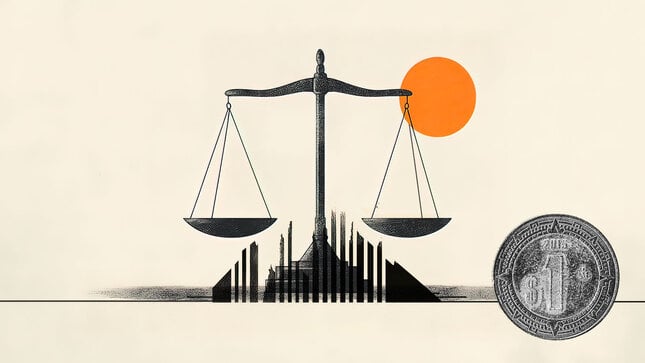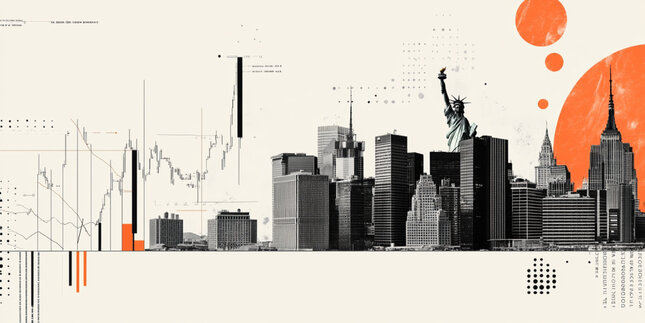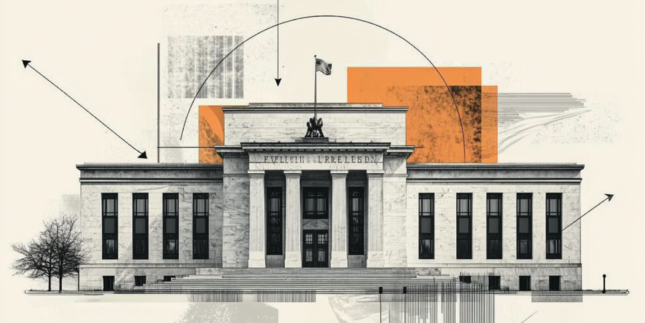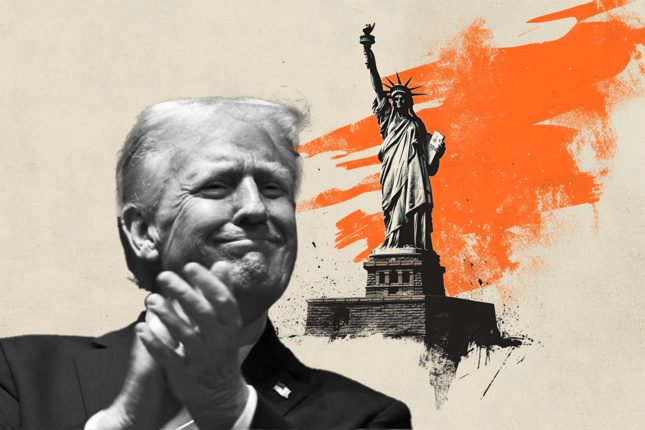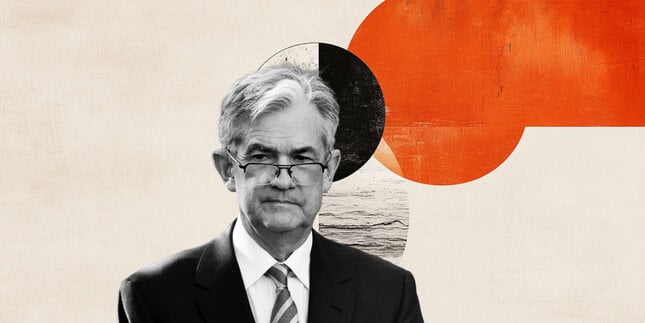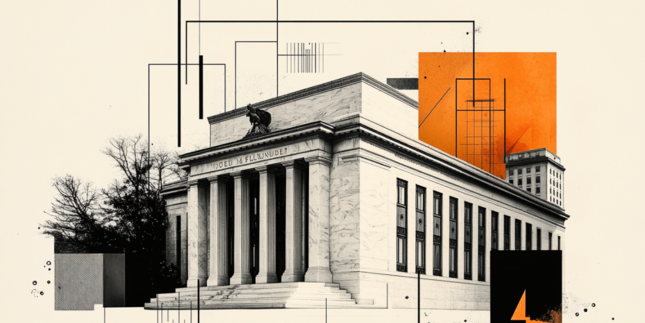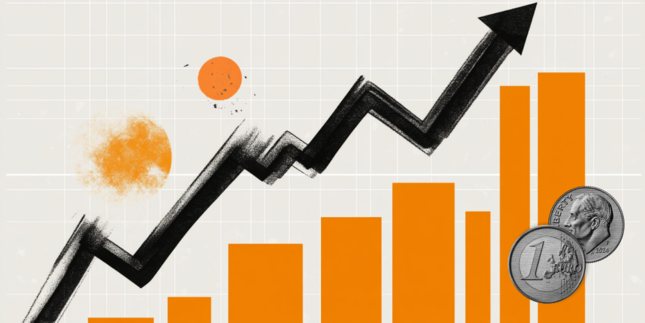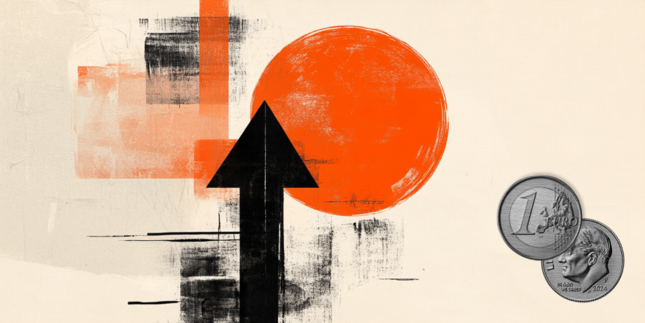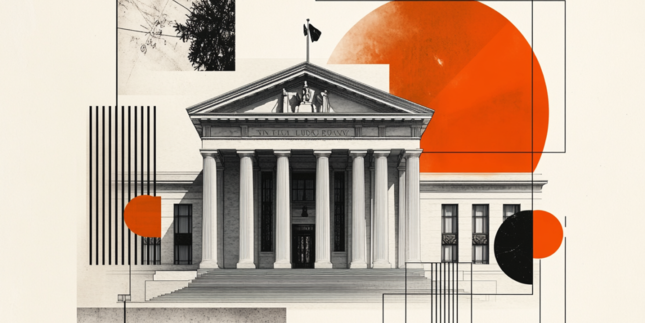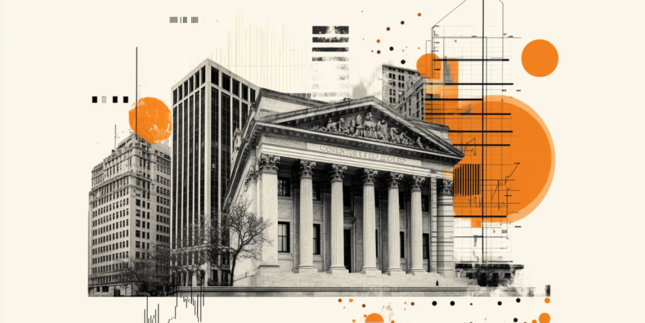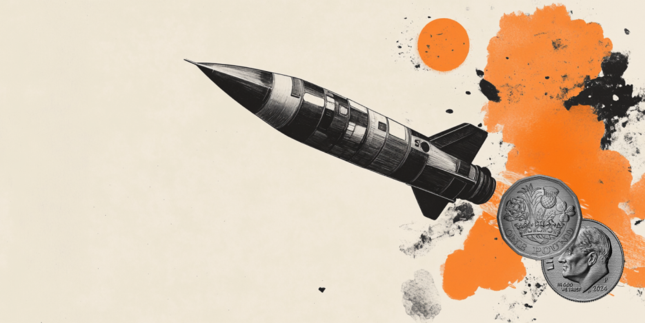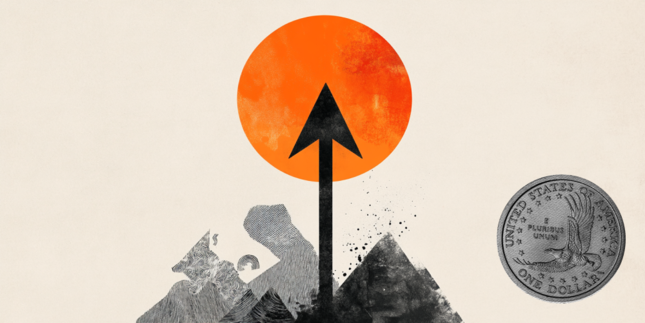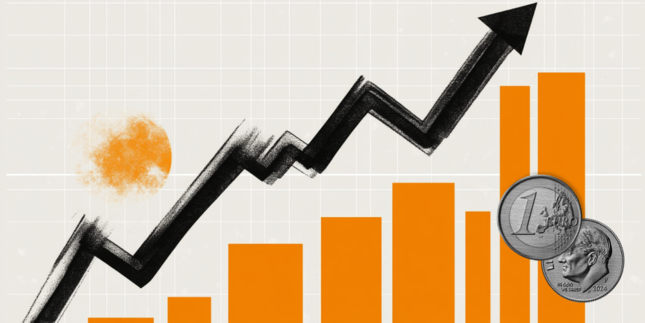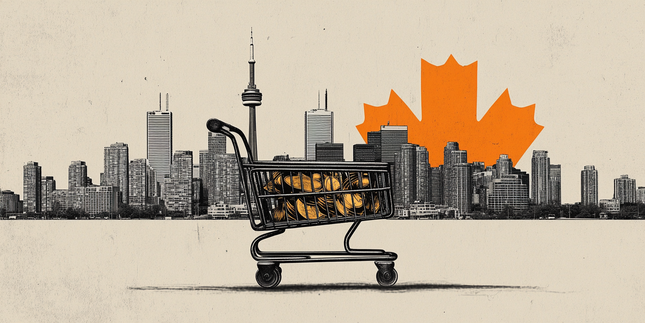Fed's Bostic: Economy in remarkable flux, difficult to know where things will land
Federal Reserve Bank of Atlanta President Raphael Bostic said late Thursday that the US economy is in incredible flux and it’s hard to know where things will land.
Key quotes
Economy is in incredible flux, hard to know where things will land.
If wait for trends to show up in national economic data before acting, we could be too late.
We are out there watching developments, talking to people on the ground.
We need to be mindful of any changes that impact prices and employment.
Tariffs introduce higher costs, which will eventually lead to higher prices.
Whether those higher prices result in sustained inflation remains an open question.
At the start of the year, my outlook was that inflation would be volatile, and that’s exactly what we’ve seen.
From the beginning, I was already in a reassessment mode, looking for a clearer signal.
The overall direction remains uncertain.
Businesses are optimistic about certain areas of the economy, such as deregulation and energy.
I don’t think we’ll have a clear answer for some time.
I’d be surprised if we gain significant clarity on the impact of these policies before late spring or summer.
The decision at the May or June meeting will depend on how much clarity we have by then.
We’ll need to be patient.
It’s never ideal for the Fed to shift policy direction from one meeting to the next.
It’s prudent for the Fed to remain patient and alert, allowing developments to unfold rather than reacting too quickly.Economy is in incredible flux, hard to know where things will land.
If wait for trends to show up in national economic data before acting, we could be too late.
We are out there watching developments, talking to people on the ground.
We need to be mindful of any changes that impact prices and employment.
Tariffs introduce higher costs, which will eventually lead to higher prices.
Whether those higher prices result in sustained inflation remains an open question.
At the start of the year, my outlook was that inflation would be volatile, and that’s exactly what we’ve seen.
From the beginning, I was already in a reassessment mode, looking for a clearer signal.
The overall direction remains uncertain.
Businesses are optimistic about certain areas of the economy, such as deregulation and energy.
I don’t think we’ll have a clear answer for some time.
I’d be surprised if we gain significant clarity on the impact of these policies before late spring or summer.
The decision at the May or June meeting will depend on how much clarity we have by then.
We’ll need to be patient.
It’s never ideal for the Fed to shift policy direction from one meeting to the next.
It’s prudent for the Fed to remain patient and alert, allowing developments to unfold rather than reacting too quickly.Economy is in incredible flux, hard to know where things will land.
If wait for trends to show up in national economic data before acting, we could be too late.
We are out there watching developments, talking to people on the ground.
We need to be mindful of any changes that impact prices and employment.
Tariffs introduce higher costs, which will eventually lead to higher prices.
Whether those higher prices result in sustained inflation remains an open question.
At the start of the year, my outlook was that inflation would be volatile, and that’s exactly what we’ve seen.
From the beginning, I was already in a reassessment mode, looking for a clearer signal.
The overall direction remains uncertain.
Businesses are optimistic about certain areas of the economy, such as deregulation and energy.
I don’t think we’ll have a clear answer for some time.
I’d be surprised if we gain significant clarity on the impact of these policies before late spring or summer.
The decision at the May or June meeting will depend on how much clarity we have by then.
We’ll need to be patient.
It’s never ideal for the Fed to shift policy direction from one meeting to the next.
It’s prudent for the Fed to remain patient and alert, allowing developments to unfold rather than reacting too quickly.Until inflation reaches 2%, the economy won’t operate at its full potential.
We will continue working to bring inflation down to 2% while minimizing the impact on the labor market as much as possible.
business sentiment factors a lot into my thinking on rate setting.
Long-term inflation expectations are relatively stable.
Market reaction
At the time of writing, the US Dollar Index (DXY) is trading 0.09% lower on the day to trade at 104.10.
Fed FAQs
Monetary policy in the US is shaped by the Federal Reserve (Fed). The Fed has two mandates: to achieve price stability and foster full employment. Its primary tool to achieve these goals is by adjusting interest rates. When prices are rising too quickly and inflation is above the Fed’s 2% target, it raises interest rates, increasing borrowing costs throughout the economy. This results in a stronger US Dollar (USD) as it makes the US a more attractive place for international investors to park their money. When inflation falls below 2% or the Unemployment Rate is too high, the Fed may lower interest rates to encourage borrowing, which weighs on the Greenback.
The Federal Reserve (Fed) holds eight policy meetings a year, where the Federal Open Market Committee (FOMC) assesses economic conditions and makes monetary policy decisions. The FOMC is attended by twelve Fed officials – the seven members of the Board of Governors, the president of the Federal Reserve Bank of New York, and four of the remaining eleven regional Reserve Bank presidents, who serve one-year terms on a rotating basis.
In extreme situations, the Federal Reserve may resort to a policy named Quantitative Easing (QE). QE is the process by which the Fed substantially increases the flow of credit in a stuck financial system. It is a non-standard policy measure used during crises or when inflation is extremely low. It was the Fed’s weapon of choice during the Great Financial Crisis in 2008. It involves the Fed printing more Dollars and using them to buy high grade bonds from financial institutions. QE usually weakens the US Dollar.
Quantitative tightening (QT) is the reverse process of QE, whereby the Federal Reserve stops buying bonds from financial institutions and does not reinvest the principal from the bonds it holds maturing, to purchase new bonds. It is usually positive for the value of the US Dollar.
Forex News
Keep up with the financial markets, know what's happening and what is affecting the markets with our latest market updates. Analyze market movers, trends and build your trading strategies accordingly.
